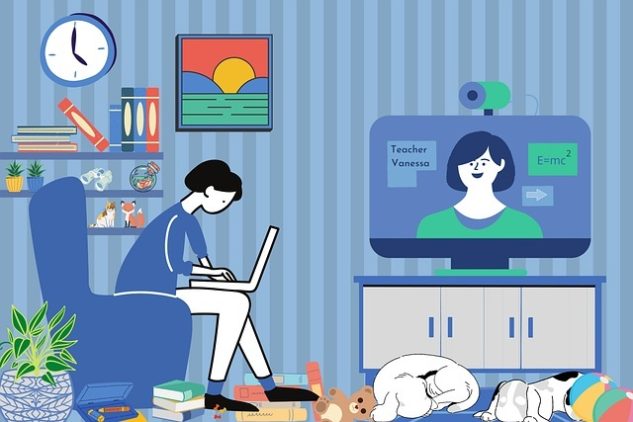When the global coronavirus pandemic began to take hold, it became increasingly more apparent that education as it had been known needed to change, at least for the immediate future. Classrooms for all levels of education were closed, and students were instructed to stay at home. Distance learning became the norm, and in many cases, it still is.
Distance learning and eLearning are not unheard-of concepts. Universities and colleges have offered online education options for many years, allowing students the opportunity to earn their education in a more flexible and accessible format. However, the pandemic certainly expedited things and made distance learning more essential going forward.
The situation proved to be a bit of a learning curve for educational institutions that hadn’t yet taken their classes to this format. Some are still working out the kinks at this point in time in order to fine-tune their systems and make their content more accessible for distance learners.

If your institution is still getting the hang of what it takes to provide your educational content to your students who are learning from a distance, here are three ways in which you can make your educational content more accessible to those students:
Table of Contents
1. Make the Most of Closed Captioning Software
The prospect of eLearning has opened up a whole world of possibilities for students who were hitherto unable to achieve an education in the traditional sense. Now, with classes and entire courses available online from most institutions, all types of students are able to earn their education from a wider variety of schools.
One way you can make your course content more accessible to such students is to use closed captioning software. Automatically transcribe lectures, videos, and more, using software designed for such purposes, making them more accessible to your students.
You can learn more about such software at https://verbit.ai/.
2. Present Content in a Variety of Ways
When it comes to the different types of disabilities that your students might have, a one-size-fits-all solution to presenting your educational content isn’t really an option. You will need to find ways to present your content in different ways that make it more accessible to students with varying challenges.
For instance, if the lectures that you post include images, you should look to provide clear and vivid descriptions of them. Much of this work will be down to your instructors, so make sure that you are clear with your teachers about what you expect in this regard.
3. Be Consistent
As with most things that involve education, the best way to make distance learning more accessible for all your students is to be consistent about your practices and policies. If you have one instructor doing things a certain way that is different from your other teachers, it can confuse students and leave them feeling lost.
Do your best to ensure that everyone is on the same page and that you have a clear and organized process for making your educational content more inclusive for your online learners.




